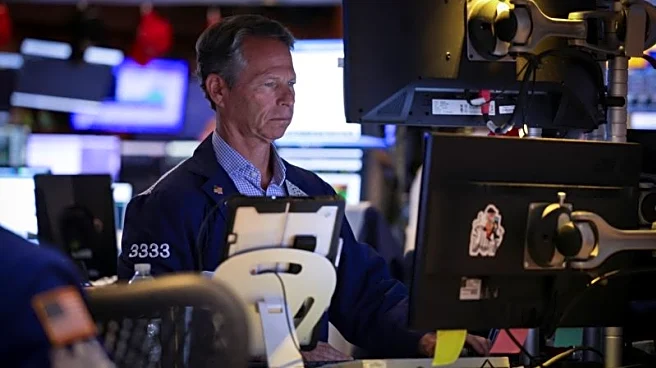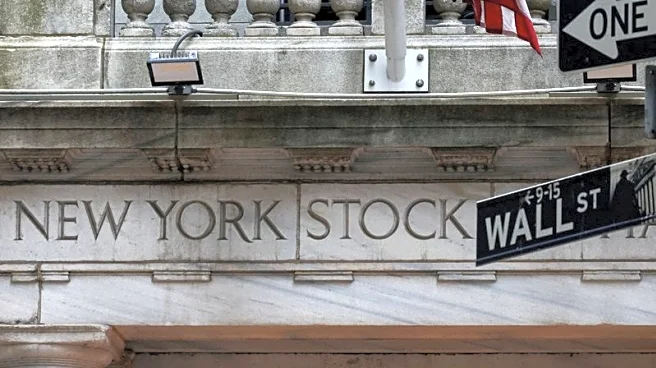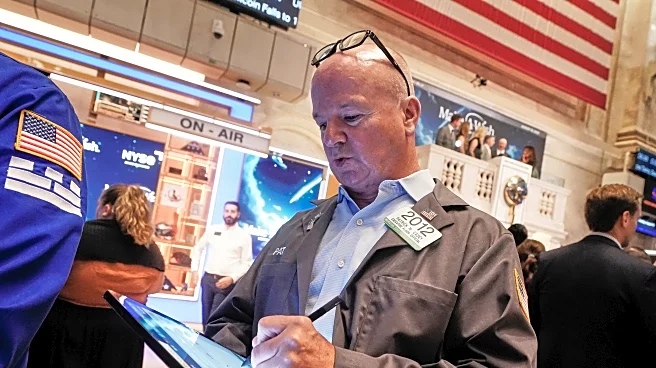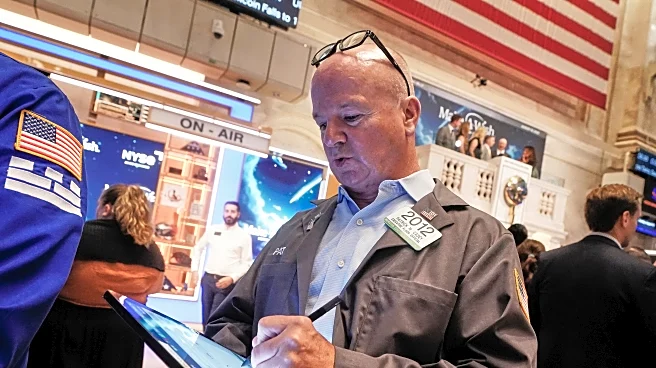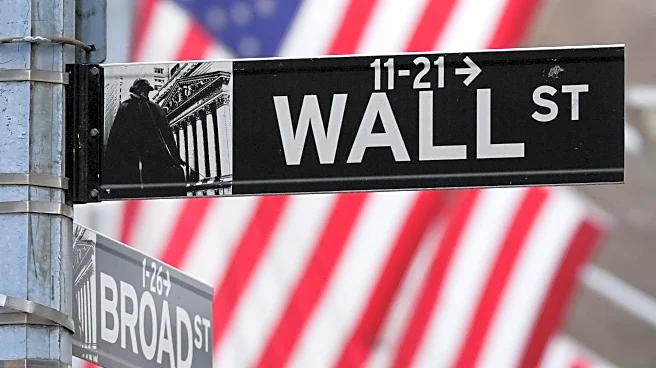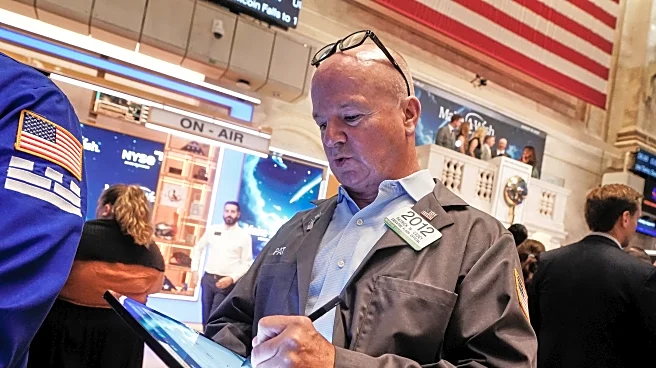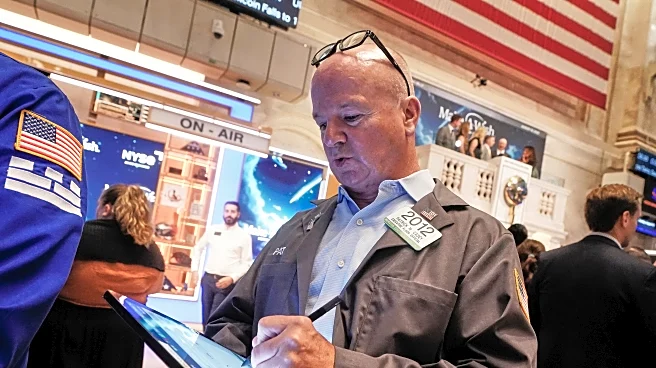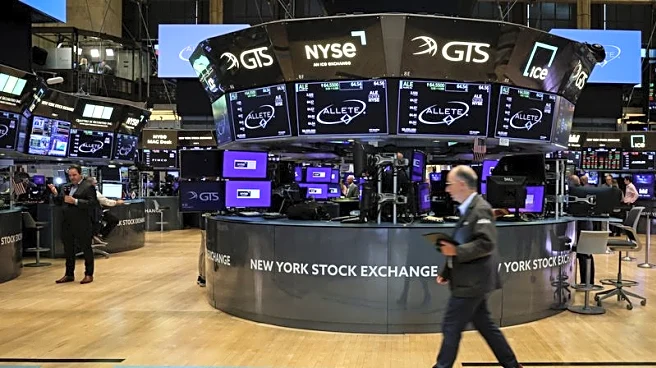By Lewis Krauskopf
NEW YORK (Reuters) -Long-lagging U.S. small-cap stocks are having a moment in the sun, but the interest rate outlook, the strength of their earnings and the health of the economy will help determine whether they are experiencing a new dawn or another false start.
The small-cap Russell 2000 surged 7% in August versus a nearly 2% rise for the S&P 500, the stock market benchmark. The Russell index dipped as September kicked off this week on a sour note for stocks, but its recent strength
put it within about 4% of its November 2021 record closing high.
However, the S&P 500 is on pace to beat the Russell 2000's annual performance for the 10th time in the past 12 years, a period that has seen the large-cap index more than double the gains of the small-cap gauge.
"They have underperformed relative to large caps for eons ... so you get to a point where the bar to clear is pretty darn low," said Jordan Irving, a small-cap portfolio manager at Glenmede Investment Management.
Small caps are central to many strategies that would benefit from a broadening of stocks leading the rally. Investors in recent years have piled into huge technology and growth stocks, which have pushed equity indexes higher but raised worries that the bull market is too concentrated in megacap shares.
While tech is a dominant sector in the S&P 500, the Russell 2000 is more heavily influenced by areas such as financials and industrials that have lagged tech.
Critical to recent small-cap gains are growing expectations for Federal Reserve rate cuts because smaller companies are more reliant on debt financing and stand to benefit more from lower borrowing costs, investors said.
The Russell 2000 had its biggest one-day gain in more than four months on August 22, when Fed Chair Jerome Powell's speech was interpreted as paving the way for an imminent cut. In the week after Powell's remarks, BofA clients posted the second-largest weekly inflows into small-cap stocks and ETFs, the bank said, citing data going back to 2008.
While a rate cut is widely projected at the Fed meeting on September 16-17, the extent of further expected easing could sway small-cap performance, with employment data on Friday to test the rate outlook.
If more monetary easing occurs than is currently priced in, "that can be enough to unleash those discounted valuations and that pent-up demand for the small-cap asset class," said Angelo Kourkafas, senior global investment strategist at Edward Jones.
Strong earnings trends are also bolstering small caps, investors said. Second-quarter earnings for Russell 2000 companies are on track to have climbed 69% from the year-ago period, LSEG IBES data showed. The index's quarterly earnings are projected to rise at least 35% for each of the next six quarters.
Meanwhile, profit-generating companies in the Russell 2000 on average are trading at a 26% discount to the S&P 500, according to Glenmede's Irving, using forward price-to-earnings estimates.
"We're now going to see growth rates next year faster for small caps than large caps," said Mark Hackett, chief market strategist at Nationwide.
The performance of small caps also is seen as tied to the economic outlook.
Smaller companies tend to be more sensitive to the domestic growth than larger multinational firms, said Mark Luschini, chief investment strategist at Janney Montgomery Scott. Small-cap indexes are relatively heavily weighted in industries more tied to the economic cycles, Luschini said.
Not everyone is backing small caps. Strategists at the Wells Fargo Investment Institute last month downgraded U.S. small-cap equities to "unfavorable," citing that economic growth will not be enough to help the group beat large-cap stocks through 2026.
The small-cap trade could stumble in the event of an economic scare that leads investors to gravitate to the massive tech stocks, Irving said.
"The question is, can this keep going, or is this just going to be another blip?" Irving said.
(Reporting by Lewis Krauskopf; Editing by Alden Bentley and Nick Zieminski)
